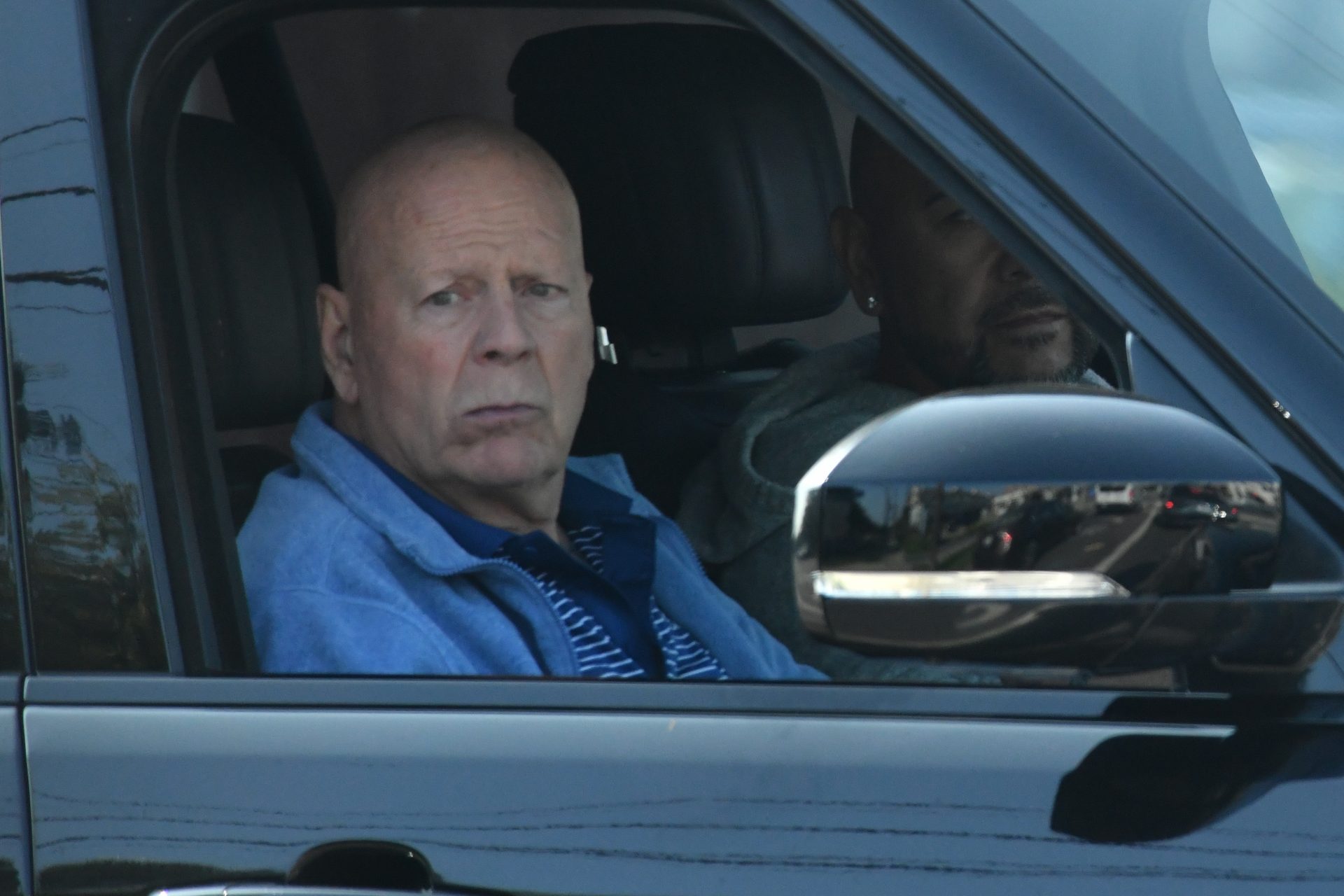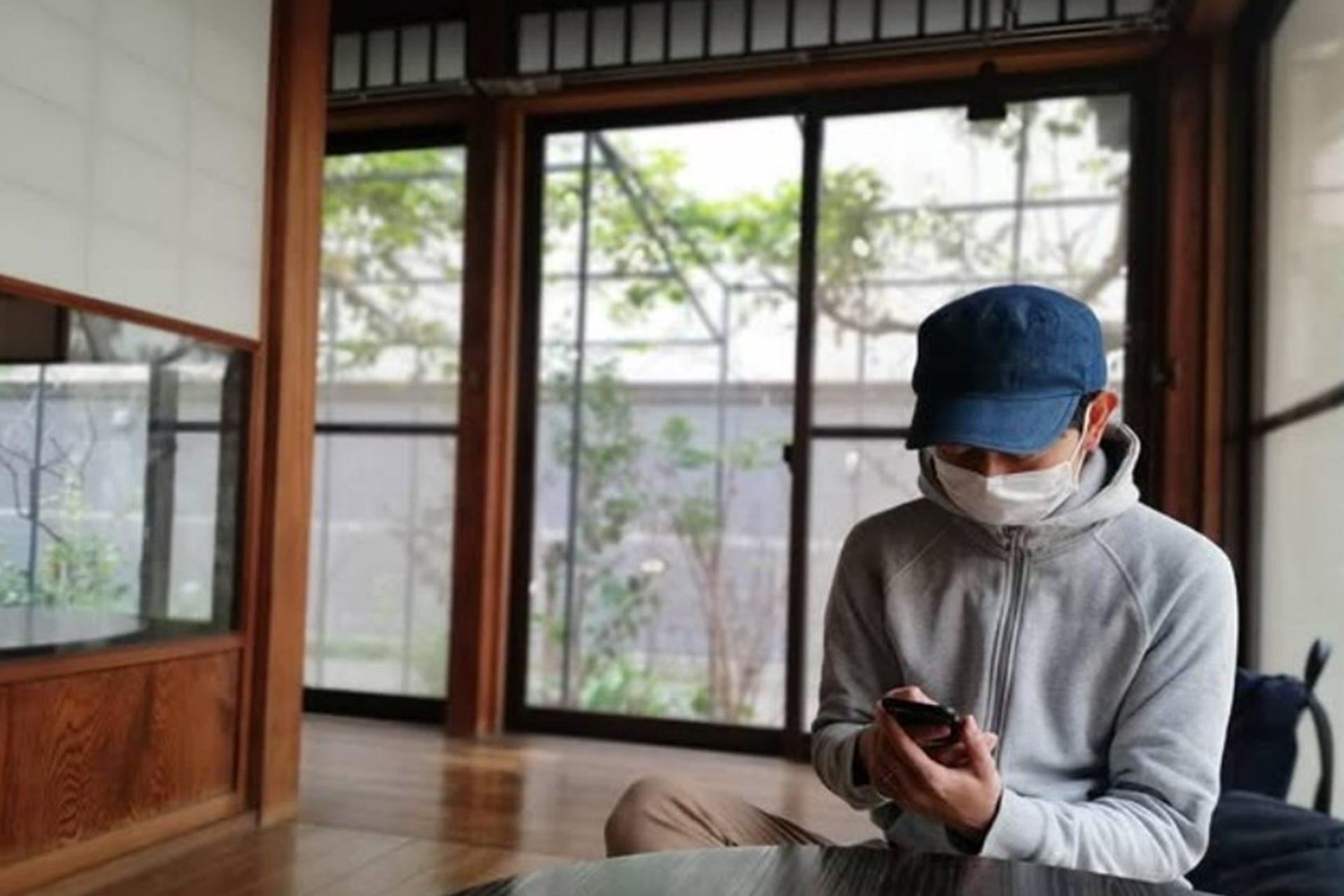Sessue Hayakawa: an incredible life story in Hollywood
It’s an understatement to say actor Sessue Hayakawa lived an incredible life. This Japanese was Hollywood’s first male s e x symbol, an early producer, one of the rare silent film actors to continue to thrive in the talkies, and a Zen master. Although he played many fascinating characters, perhaps none was as interesting as the man himself.
While even in the 2020s, Asian men still have trouble getting cast in the lead roles in Hollywood films, more than 100 years ago, Hayakawa had women swooning so hard that they famously threw their fur coats on the ground in front of him so he wouldn’t have to step in a puddle, according to film historian Daisuke Miyao. Here's the story...
Photo: 1918 promotional photograph of Japanese actor Sessue Hayakawa (1889–1973), by: Fred Hartsook, via Wikimedia
Hayakawa was born Kintaro Hayakawa in a small village in the Chiba Prefecture, Japan. His father was the head of the fishermen’s union, giving the family some wealth. As a boy, Hayakawa dreamed of living overseas and he studied English to prepare, though his family had other plans for him.
Photo: 1918 promotional photograph of Japanese actor Sessue Hayakawa (1889–1973), by: Fred Hartsook, via Wikimedia
His family wanted him to join the Imperial Japanese Navy. However, when swimming to the bottom of a lagoon on a dare, he ruptured his eardrum. This injury made him fail the navy physical, causing his father to feel shame.
Image: Naval ensign of the Empire of Japan
As a consequence, 18-year-old Hayakawa followed his samurai roots and decided to commit seppuku, or the ritual of ending one's own life. He locked himself in a shed and stabbed himself more than 30 times in the abdomen. However, a barking dog gave him away and his parents rescued him.
Image: ‘Tousei buyuuden: Takasaki Saichirou’. Ukiyo-e woodblock print of warrior about to perform seppuku., 1850s, via Wikimedia
After recovering from the attempt to take his own life, his parents sent him to the US so he could fulfill their new goal for their son: to be a banker. According to Hollywood legend, he went to the University of Chicago, where he played football and was once penalized for using jujitsu to bring down an opponent.
He found his way to California, where he got involved in acting. He adopted his stage name Sessue and met influential producer Thomas H. Ince and Japanese actress Tsuru Aoki (pictured). The pair were cast in Ince’s Japanese films and got married in 1914.
Image: The Dragon Painter, Haworth Pictures
Soon after, Hayakawa starred in a film that hinted at interracial intimacy, an obsession of early Hollywood. He played a gentleman Burmese businessman who was secretly a sadistic predator. This depiction did it for the women of America at the time, who became obsessed with the handsome actor.
Image: 'The Cheat,' Lasky
Even as cinema shifted more firmly to Hollywood from Europe during WWI and even with Hayakawa as its first male s e x symbol, he still had a hard time getting cast in good roles. In 1918, he founded his own production company, Haworth Pictures, to create good roles for Asian actors. It released 20 films between 1918 and 1922.
Amid the roles casting Asian men as villains, his production company released a film that went beyond stereotypes and didn’t exploit the fear that Asian men were out to compromise the purity of American women. Instead, it is set in Japan with Japanese characters and was deemed "culturally, historically, or aesthetically significant" by the Library of Congress in 2014.
Image: The Dragon Painter, Haworth Pictures
Hayakawa’s acting style is clearly different from other silent film stars of the day, which were marked by over-the-top gestures and facial expressions. But he brought zen and the philosophy of mushin, or “no-mindedness” to his performances, something loved by the critics and audiences.
Hayakawa’s casting complaints echo those of the next young man that Hollywood would go crazy over. Both were foreign-born men, cast as attractive villains but heavily e r o t i c i z e d. Both struggled to find the parts where they would play 'the hero,' despite their popularity.
As an increasingly militant Japan emerged in the 1920s, Hayakawa began to struggle in Hollywood, where many Asian parts were going to white actors in “yellowface.” He moved to Broadway and began performing in Europe, where he was fully embraced. He even performed a one-act play in front of Great Britain's King George V and Queen Mary, and also traveled back to Japan.
Image: 'Breakfast at Tiffany's' trailer, Paramount Pictures
By 1931 he had returned to Hollywood and released his first sound film ‘Daughter of the Dragon.’ His accent didn’t go over great, and he soon found himself back in Europe.
After appearing in some films and plays (including one of two films made between Imperial Japan and Nazi Germany), he found himself trapped in France after the 1940 occupation. Although it was reported that he helped Allied pilots during WWII, he said he mainly helped the local Japanese community at the time. He subsisted by painting, as he lost a large fortune gambling previously.
After being investigated by US authorities for collaborating in WWII, he was allowed back in as they found that he did not contribute to the enemy war effort. By the time he came back, Hollywood had also passed the Production Code, which forbade film depictions of interracial relationships. So, when he came back, his roles mostly fell into the “honorable villain" category.
Image: 'Tokyo Joe (1949),' Colombia Pictures
But more than 40 years after he began, he said the high point of his career came during the film ‘The Bridge on the River Kwai (1957).’ For it, he was nominated for an Oscar and Golden Globe for best supporting actor.
In 1961, just a year after the couple starred in a film together, Aoki died in Japan, age 69, of peritonitis. The couple had adopted three children, one of which was Hayakawa’s son with another actress, though the details are very messy.
During his second comeback, he also starred in ‘Tokyo Joe’ and performed in a handful of other shows and movies. His final performance was in 1966, and then he officially retired and became an ordained Zen master. His autobiography is called ‘Zen Showed Me the Way’ and he is also credited with helping popularize Zen in the US.
Although he was one of the first big actors in Hollywood, his story is often ignored in cinematic history. “The fact that he reached such a rare level of success whereby he could form and run his own production company makes his omission from the narrative of Hollywood history even more egregious,” wrote media professor Karla Rae Fuller.
Image: 'The Beggar Prince, Haworth Pictures Corporation, via Wikimedia
With such a fascinating life, handsome body, and deep intellect, it’s a surprise Hollywood hasn’t made a movie about the man’s life. However, one could be in the works. A script was completed and was going to be filmed a decade ago, but the death of its writer Nagisa Oshima has led to constant delays.
Image: 'The Cheat,' Lasky
Follow Showbizz Daily to stay informed and enjoy more content!
































